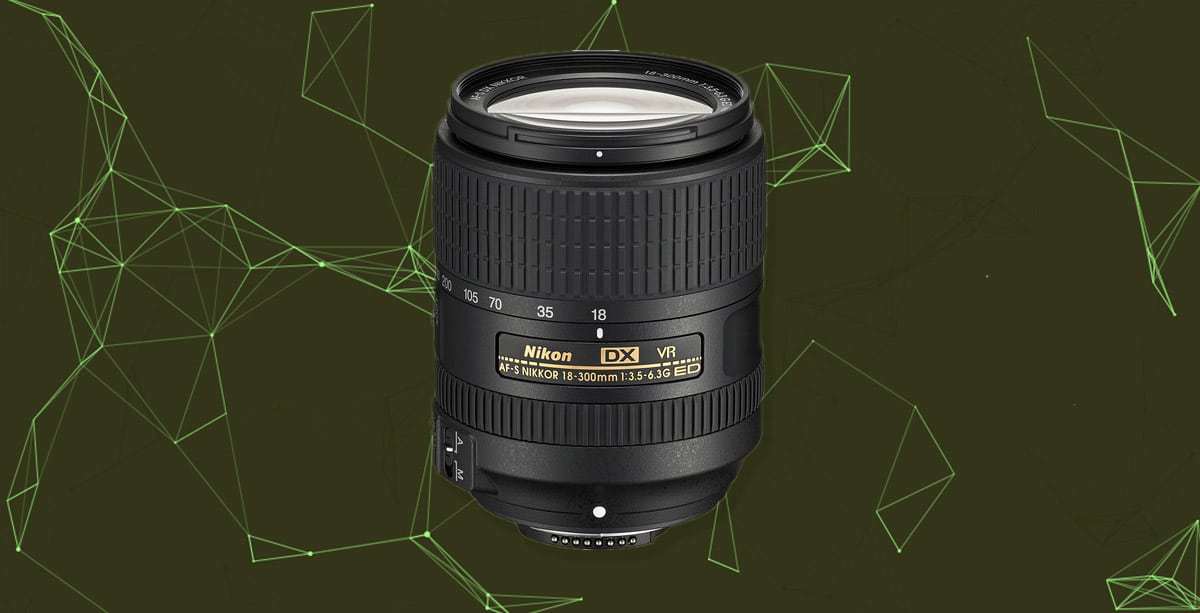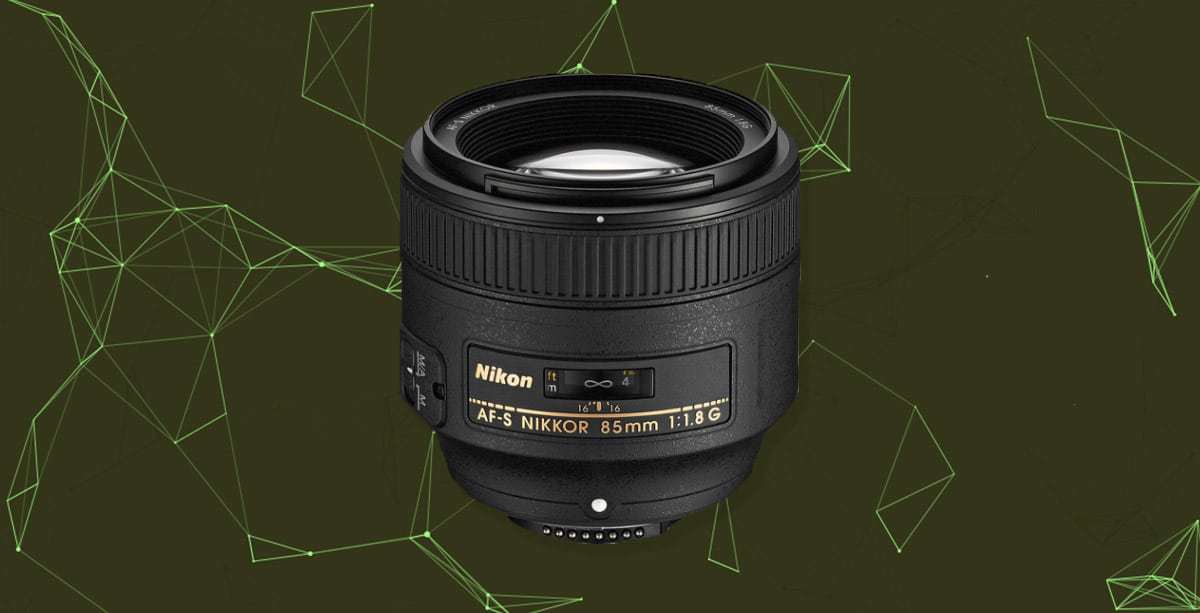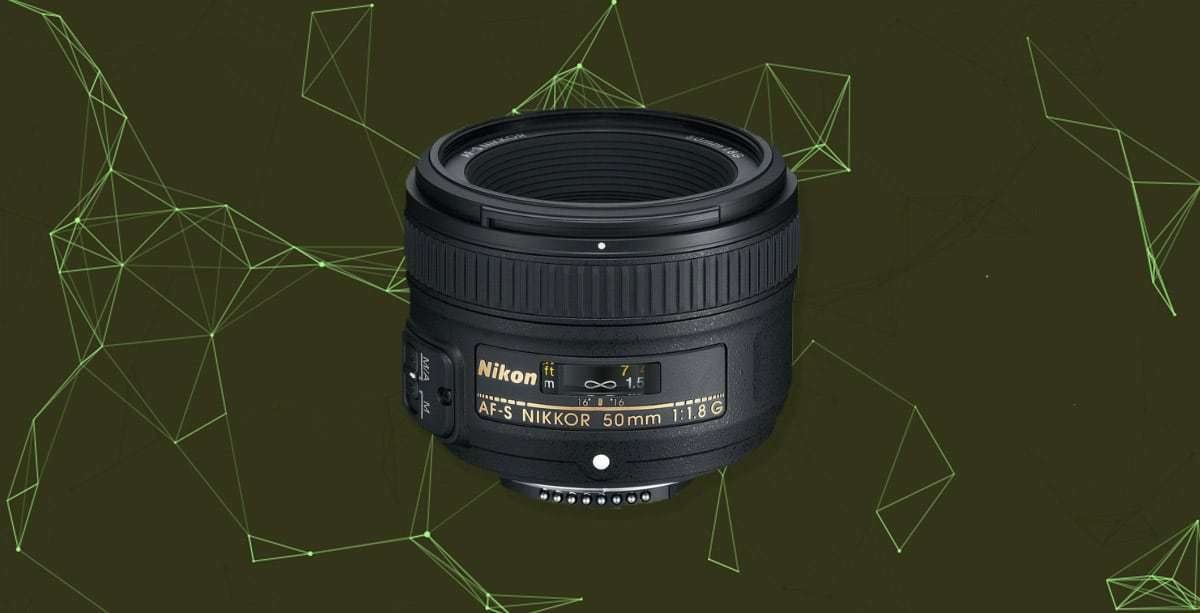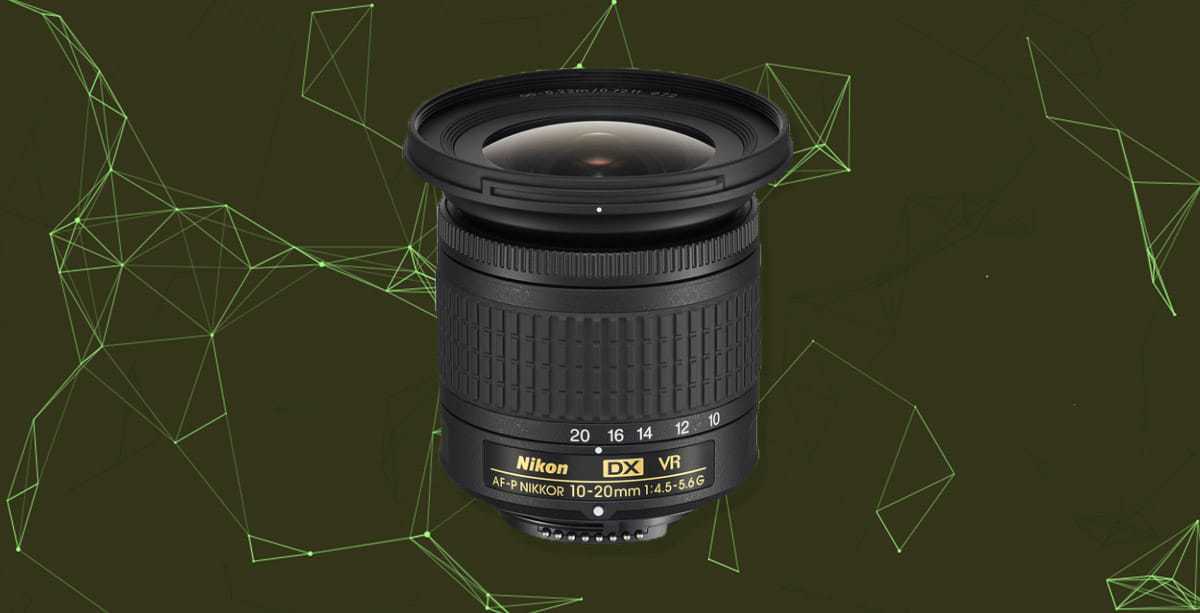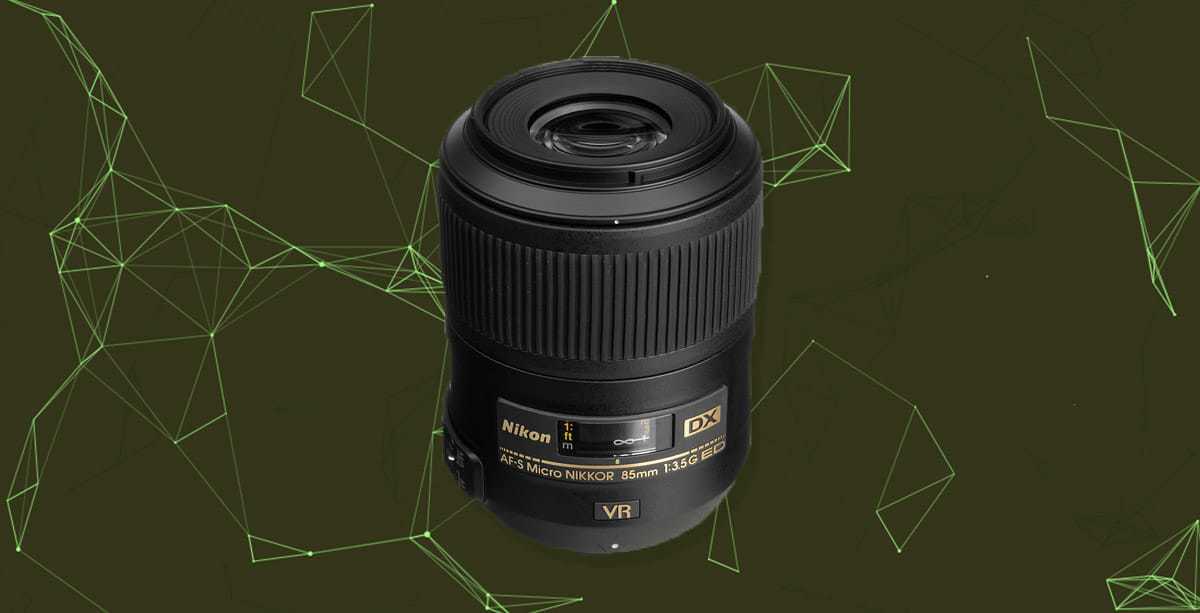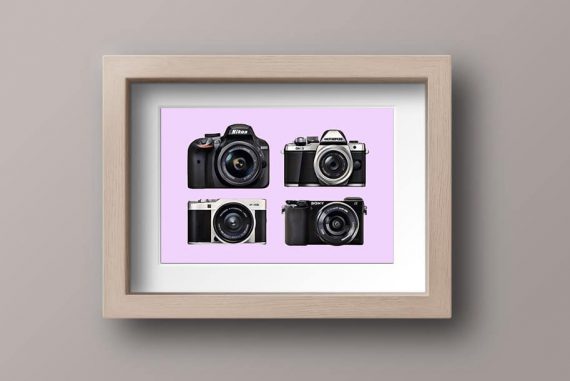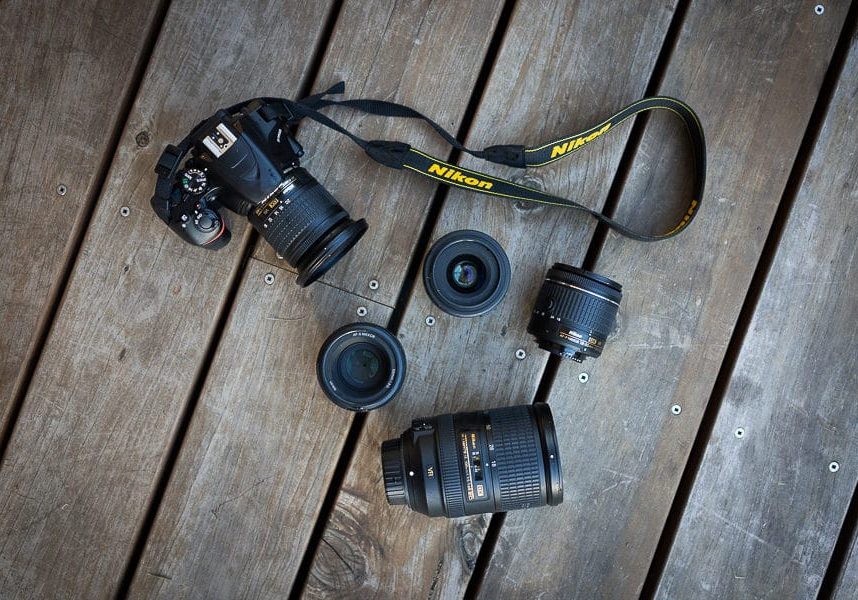
Best Nikon D3400 Lenses
Camera Gear Guides | Lens Guides | Nikon Lens Guides | Last Updated: January 17, 2024
Last Christmas, I spent a month reviewing the Nikon D3400, and concluded that it’s a fantastic camera for beginners and enthusiast photographers alike.
While the industry here in 2024 may prefer promoting the latest mirrorless cameras, the humble DSLR still has a role to play. Great ergonomics… tactile feedback… a ‘real’ shooting experience – DSLRs like the D3400 offer something that more modern cameras can’t replicate.
One thing’s for sure though – the performance of the Nikon D3400 relies heavily on the lens you attach to it. Settling for a sub-par lens can severely limit the DX sensor’s abilities – conversely, if you get it right, you’ll be producing professional level imagery.
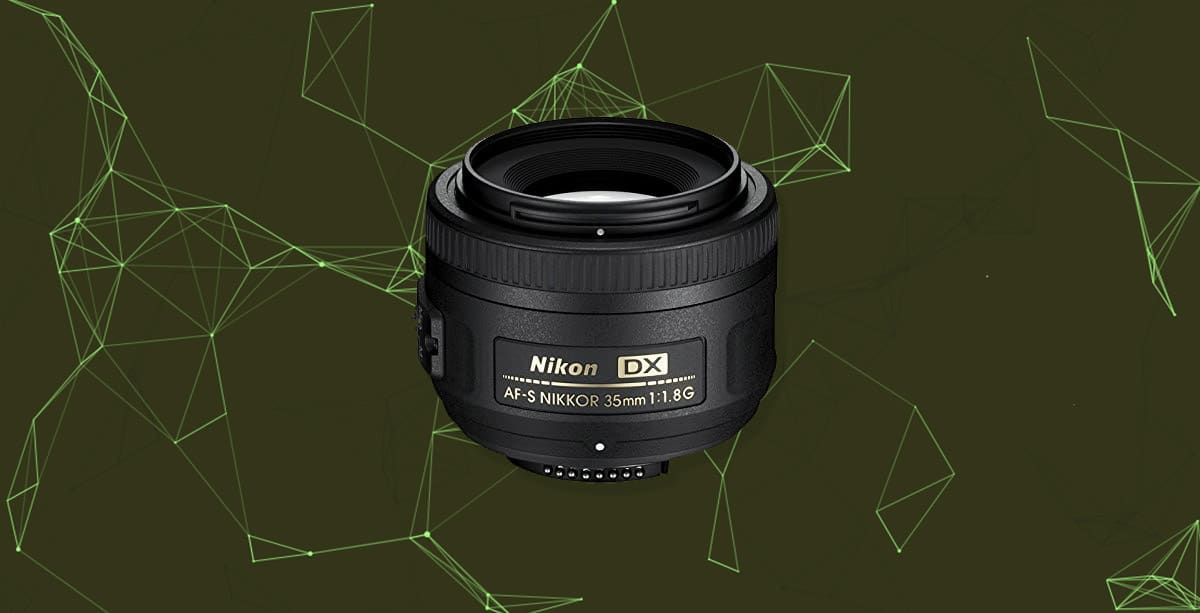
Most affordable way to get high quality images (even in low light), with beautiful background blur. This is a lens that pairs beautifully with the D3400.
This article will cover which lenses are capable of giving you amazing results with the D3400, from ultra-wide landscapes to telephoto portraits, and casual yet professional-looking general photography.
I’ve hand-picked these lenses because they offer a fantastic balance of image quality, overall performance, portability, and affordability, and pair excellently with the D3400.
Best Nikon D3400 Lenses in 2024
| Image | Product | Features | |
|---|---|---|---|
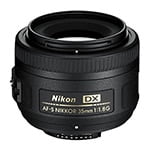 | Nikon 35mm f/1.8G DXBEST ALL ROUND PRIME |
| View Price → |
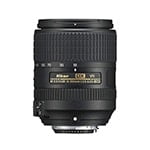 | Nikon 18-300mm f/3.5-5.6 DXBEST ALL ROUND ZOOM |
| View Price → |
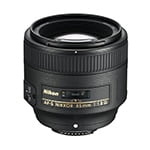 | Nikon 85mm /1.8 FXBEST FOR PORTRAITS |
| View Price → |
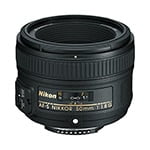 | Nikon 50mm f/1.8 FXBEST VALUE PRIME |
| View Price → |
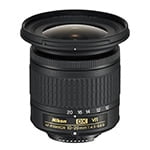 | Nikon 10-20mm f/4.5-5.6 DXBEST WIDE ANGLE |
| View Price → |
 | Nikon 85mm f/3.5 DX MIcroBEST ALL ROUND MACRO |
| View Price → |
What Lenses are Compatible with the Nikon D3400?
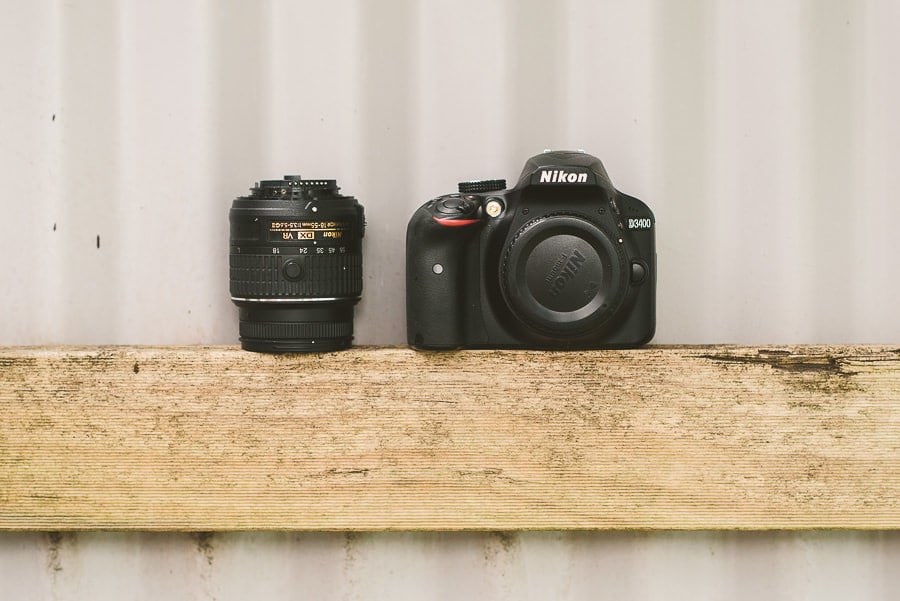
Just because the Nikon D3400 is a DX body, you don’t have to limit yourself to only DX lenses.
Nikon’s F-mount, which was created in 1959, is what the D3400 uses. This means that the camera can accept many different types of Nikon (and third-party) lenses!
Unfortunately, not all of them are fully compatible with this entry-level DSLR, and not all of them are optimal for getting the most out of your modern camera body. The technology for metering, aperture control, and autofocus has changed significantly over the decades.
With that in mind, here’s a quick breakdown of which types of lenses are fully compatible with the Nikon D3400, and which are not:
1. Manual Focus Nikon Lenses
These will not provide autofocus, of course, and they will also not provide full exposure metering on the D3400, or any other current entry-level Nikon DSLR. You will have to focus manually, and we would recommend using live view and test shots to meter your exposure.
2. Older Autofocus Lenses (AF-D, plain “AF” Lenses)
These lenses will not autofocus on the D3400, because the camera body lacks a built-in AF motor which those lenses require.
3. Current-Generation AF-S, AF-S G, & AF-P Autofocus Lenses
These lenses should all be fully compatible with the Nikon D3400. You can enjoy the benefits of Nikon’s latest metering and autofocus technology, and in some cases, VR vibration reduction as well.
4. DX Nikon DSLR lenses
Being a “DX” format camera body with an APS-C (DX) sensor, the D3400 is especially compatible with Nikon DX lenses. You can also use Nikon’s FX (full-frame) lenses, too.
However, DX lenses which are exclusively compatible with the smaller DX sensor in the entry-level D3400, are not fully compatible with FX full-frame Nikon cameras.
Nikon D3400 Lens Reviews
Nikon 35mm f/1.8G DX
Focal Length: 35 mm (50 mm equivalent)
Weight: 197 g (6.95 oz)
Size (Diameter x Length): 70 x 52.5 mm (2.8″x 2.1″)
Filter Diameter: 52 mm
Minimum Focus Distance: 0.3 m (0.99 ft)
On Nikon DX camera bodies, with their 1.5x crop factor sensor size, the Nikon AF-S DX Nikkor 35mm f/1.8G is equivalent to what is considered to be the most standard focal length, which is 50mm on full-frame (FX) cameras.
Since it is one of the most common lens focal lengths, Nikon had made this lens very simple, compact, lightweight, and quite affordable too. In other words, it’s hard to go wrong with this lens! If you want a reliable, portable, and easy-to-use lens, this is one of the best lenses for Nikon D3400.
At just under $200 brand-new, the Nikon 35mm f/1.8 G ED (review) is a great lens for anyone who is looking to get a little bit more serious about photography with their D3400, yet is looking to avoid breaking the bank.
This normal lens, compared to the Nikon 18-55mm f/3.5-5.6 DX “kit” lens which likely came in the box with your D3400, offers an aperture that is more than two stops brighter, at f/1.8.
This allows you to capture beautiful images even in low light, and it also allows you to capture images with more selective focus, which means blurring the background and foreground, so that emphasis is added to the subject.
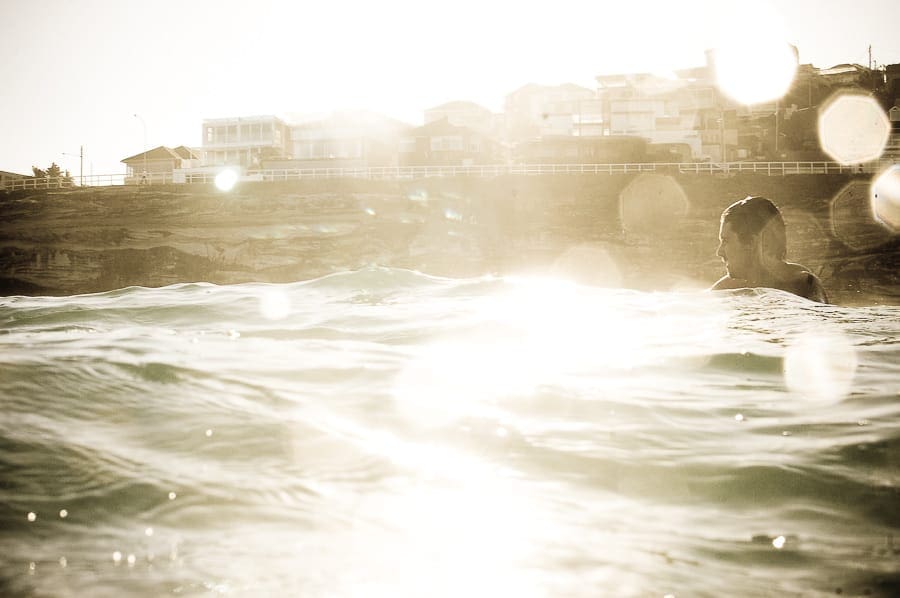
The Nikon 35mm f/1.8 exhibits great bokeh | 1/640 f/13 ISO400
Since this is a DX lens, it will not be fully compatible with an FX full-frame Nikon DSLR or Z-series mirrorless camera.
So, if you’re serious enough about photography that you think you might buy an FX full-frame camera sometime in the near future, you might want to avoid this lens, and instead get either the Nikon 50mm f/1.8 G, or the FX version of the Nikon 35mm f/1.8 G (reviewed here), since both of them are full-frame lenses which will still be compatible with FX bodies.
Of course, the full-frame sensor will make all your focal lengths feel a little bit wider, so remember that – check out our guide to 35mm vs 50mm for more info.
Nevertheless, if you’re sticking with your D3400 for at least another year or so, the Nikon 35mm f/1.8 DX can be especially useful for capturing portraits, (both full-length and mid-length) as well as any candid journalism type of situation, among many other things.
I always recommend buying a prime lens, especially for those just dipping their toes into photography, and this is a nice, affordable option.
It’s just a great walk-around lens, whether you want to “keep it simple” for reasons of creative inspiration or for portability; this lens has got you covered!
Nikon 18-300mm f/3.5-5.6 DX
Focal Length: 18-300 mm (27-450 mm equivalent)
Weight: 550 g (19.4 oz)
Size (Diameter x Length): 78.5 x 99mm (3.1″ x 3.9″)
Filter Diameter: 67 mm
Minimum Focus Distance: 0.48 m (1.6 ft)
Sometimes, the perfect lens is what is known as a superzoom. These types of lenses are great for any situation where you just can’t change lenses, and yet you need the versatility of both wide-angle and telephoto (indeed, super-telephoto!) focal lengths.
The Nikon AFS-DX Nikkor 18-300mm f/3.5-6.3G ED VR lens is one of the best choices of superzooms that are fully compatible and optimized for the Nikon D3400 (it’s also a popular choice for the D3500 too).
Maybe it’s just not practical for you to switch lenses. For example, you might be on a boat with ocean mist spraying on you.
Or, you could just be travelling light and don’t have extra room in your bags for additional lenses.
Whatever the case, a zoom lens that covers almost every useful focal length can be a godsend, and pair well even with entry-level cameras such as the D3400 (see guide).

The Nikon 18-300mm allows you to get up close and personal without moving your feet | 1/1000 f/5.6 ISO800 at 210mm
With the Nikkor 18-300mm f/3.5-6.3G ED VR superzoom lens, you can go from seeing a wide-angle view to a narrow, close-up, zoomed-in view, just by turning your zoom ring.
Of course, it won’t be as sharp at every single focal length as a prime lens at that same focal length, however, it is still impressively sharp, believe it or not, and is capable of very high-quality results.
The VR image stabilization feature will also help you get sharp images even when your shutter speed is a bit too slow when shooting hand-held.
Nikon 85mm f/1.8G FX
Focal Length: 85 mm (127.5 mm equivalent)
Weight: 351.3 g (12.39 oz.)
Size (Diameter x Length): 80 x 73 mm (3.1″ x 2.9″)
Filter Diameter: 67 mm
Minimum Focus Distance: 0.8 m (2.6 ft)
If you’re really into portrait photography or another type of telephoto photography where shallow depth of field (blurry backgrounds) and fast shutter speeds are very useful, then you should definitely consider the Nikon AF-S Nikkor 85mm f/1.8 G (FX) lens.
This lens when mounted on the Nikon D3400, will roughly equal a 120mm or 135mm lens mounted on a full-frame camera, making it an ideal lens for achieving that extra bit of background blur and “reach” compared to a 35mm or 50mm lens.
For example, the Nikon 85mm is fantastic for head-shots on DX camera bodies such as the Nikon D3400.

Nikon 85mm f/1.8 | © Matthew Saville
The relatively telephoto focal length allows you to photograph subjects from a comfortable distance, and avoid facial distortions to the nose or forehead, while still feeling close to the subject overall.
The Nikon 85mm f/1.8 G has been one of my favorite investments, on both DX and FX cameras actually, and it has been used heavily on both types of bodies for all types of photography.
It’s very sharp, the autofocus is very reliable, and overall it’s actually built extremely durable, despite its plastic exterior. Mine has survived plenty of abuse and still takes great pictures!
Nikon 50mm f/1.8 G
Focal Length: 50 mm (75 mm equivalent)
Weight: 185 g (6.6 oz.)
Size (Diameter x Length): 72 x 52.5 mm (2.8″ x 2.1″)
Filter Diameter: 58 mm
Minimum Focus Distance: 0.45 m (1.5 ft)
The Nikon AF-S Nikkor 50mm f/1.8G lens is the all-around standard focal length lens for full-frame cameras, so on the Nikon D3400’s DX format sensor, it will be approximately equivalent to 75mm.
This focal length is quite useful for medium-close portraits, from full-body to chest-up distances, making it just as useful a lens as the aforementioned Nikon 35mm f/1.8 DX.
Deciding between this lens and the 35mm f/1.8 DX is, really, just a matter of personal preference.
If you like to give your subjects just a little bit more distance, then get this 50mm.
If you prefer to get a little bit closer to your subjects, for more intimate feeling images, then consider a 35mm prime instead. Both styles of photography can result in beautiful imagery!

Beautiful subject separation can be achieved with the Nikon 50mm f/1.8 | 1/640 f/1.8 ISO100
This lens also has the benefit of being future-proof for those photographers who might be eyeing an FX full-frame camera body. Although if you love this lens’ slight telephoto angle of view, you might find yourself wanting an 85mm prime if you get an FX camera anyways.
Again, consider your own personal shooting style, and decide based on how close you like to be to your subjects, or how much “reach” you’d like to have in your lens.
Nikon 10-20mm f/4.5-5.6 DX
Focal Length: 10-20 mm (15-30 mm equivalent)
Weight: 227 g (8 oz.)
Size (Diameter x Length): 77 x 73 mm (3.03″ x 2.87″)
Filter Diameter: 72 mm
Minimum Focus Distance: 0.22 m (0.7 ft)
The Nikon AF-P DX Nikkor 10-20mm f/4.5-5.6G VR lens is far from a “standard” zoom range, with its 10-20mm focal range that classifies as truly “ultra-wide”.
This makes it a perfect Nikon wide angle lens for capturing stunning landscape imagery, or any scenic, wide-angle view, indoors or outdoors.
I particularly appreciate this lens for how surprisingly compact and affordable, yet incredibly sharp it is.
It’s also worth mentioning that when shot at the wide end, you can create some intense images where the viewer feels immersed in the shot, like in the example below.

The Nikon 10-20mm is a fun lens that offers a truly unique perspective | 1/30 f/5.6 ISO1400
Compared to a full-frame equivalent lens, especially one with a very fast aperture, this 10-20mm DX lens is absolutely tiny and certainly one of the most portable options on the market, including both DSLR and mirrorless options!
If you like to travel, or photograph landscapes or any other sort of “scapes”, and you already have a medium-range lens such as the 18-55mm DX kit lens, or the 35mm f/1.8 DX, the Nikkor 10-20mm f/4.5-5.6G VR DX is a perfect wide-angle complement to your camera bag.
Bonus – Best Nikon Macro Lens
Nikon 85mm f/3.5 DX Micro
Focal Length: 85 mm (127.5 mm equivalent)
Weight: 352 g (12.4 oz.)
Size (Diameter x Length): 73 x 98.5 mm (2.9″ x 3.9″)
Filter Diameter: 52 mm
Minimum Focus Distance: 0.286 m (0.9 ft)
Macro photography can be extremely fun and can lead to truly unique imagery.
If you like getting truly up-close with very small subjects, and photographing them to look large in your image frame, then consider the Nikon AF-S DX Micro Nikkor 85mm f/3.5G ED VR lens. This will be the best lens for Nikon d3400 when it comes to macro photography.
Again, its focal length when mounted on the DX Nikon D3400 will give a slightly telephoto view, which is perfect for easier close-up macro imagery.
Having a moderate telephoto focal length for your macro photography camera is extremely helpful because it allows you capture high-magnification images without getting your lens so close to the subject that it casts a shadow, or disturbs a live subject.
When done well, macro images are very impressive, simply because these specialist lenses show us a view that we don’t normally see. A close-up image of something as simple as a bug can often be something quite incredible.
Macro lenses can open the door to new creative opportunities with your camera, giving you another world to explore. The 85mm is a fine macro lens Nikon owners will enjoy shooting.
Note: Nikon calls their macro lenses “Micro” lenses because that is actually the more scientifically accurate term. Simply put, “Micro” refers to small things, while “Macro” refers to large things.
Frequently Asked Questions
What lenses are compatible with Nikon d3400?
The Nikon D3400 is an APS-C sensor camera, also known as a ‘DX’ camera. This means that any Nikon APS-C (DX) lens, as well as any Nikon full frame (FX) lens can be used on it.
Which lens is best for Nikon d3400?
This depends on your intended usage – no one lens is right for every photographer, but if we had to choose, the Nikkor 35mm f/1.8G would be our top choice.
Will AF S lens work on d3400?
AF-S lenses use Nikon’s Silent Wave Motor (SWM) and rely on rotational energy to focus a lens’s optics. AF-S is the universal Nikon auto-focus lens system, and as such, works on all DSLR cameras including the D3400.
Recommended Nikon D3400 Lenses | Final Words
I spent a month shooting the Nikon D3400 and really enjoyed the experience. Even though I own several cameras costing over 3x the price of the D3400, I found I could achieve a similar image despite it being labelled an ‘entry-level’ camera.
You may have bought the D3400 as some form of ‘bundle’, which isn’t necessarily a bad thing. However, to really make the most of that excellent DX sensor, I recommend you sticking at least one of the lenses in this list on the front of your camera!
In an ideal world, you’ll have a wide angle lens, a tele-photo lens, and a fast prime – with those 3, you can shoot pretty much anything… unless of course, macro photography is your thing, which is why I included the option for that above too.
Whatever your lens choice for the D3400, the goal is to get out there and shoot. It’s Nikon’s smallest, lightest DSLR camera body, so pair it with a nice light lens, and have it with you as much as possible.
Let me know in the comments if you agree with this selection or if you think that there’s another great lens that I missed.
You can also check out our lens recommendations for the D3300 and D3200.

Most affordable way to get high quality images (even in low light), with beautiful background blur. This is a lens that pairs beautifully with the D3400.





